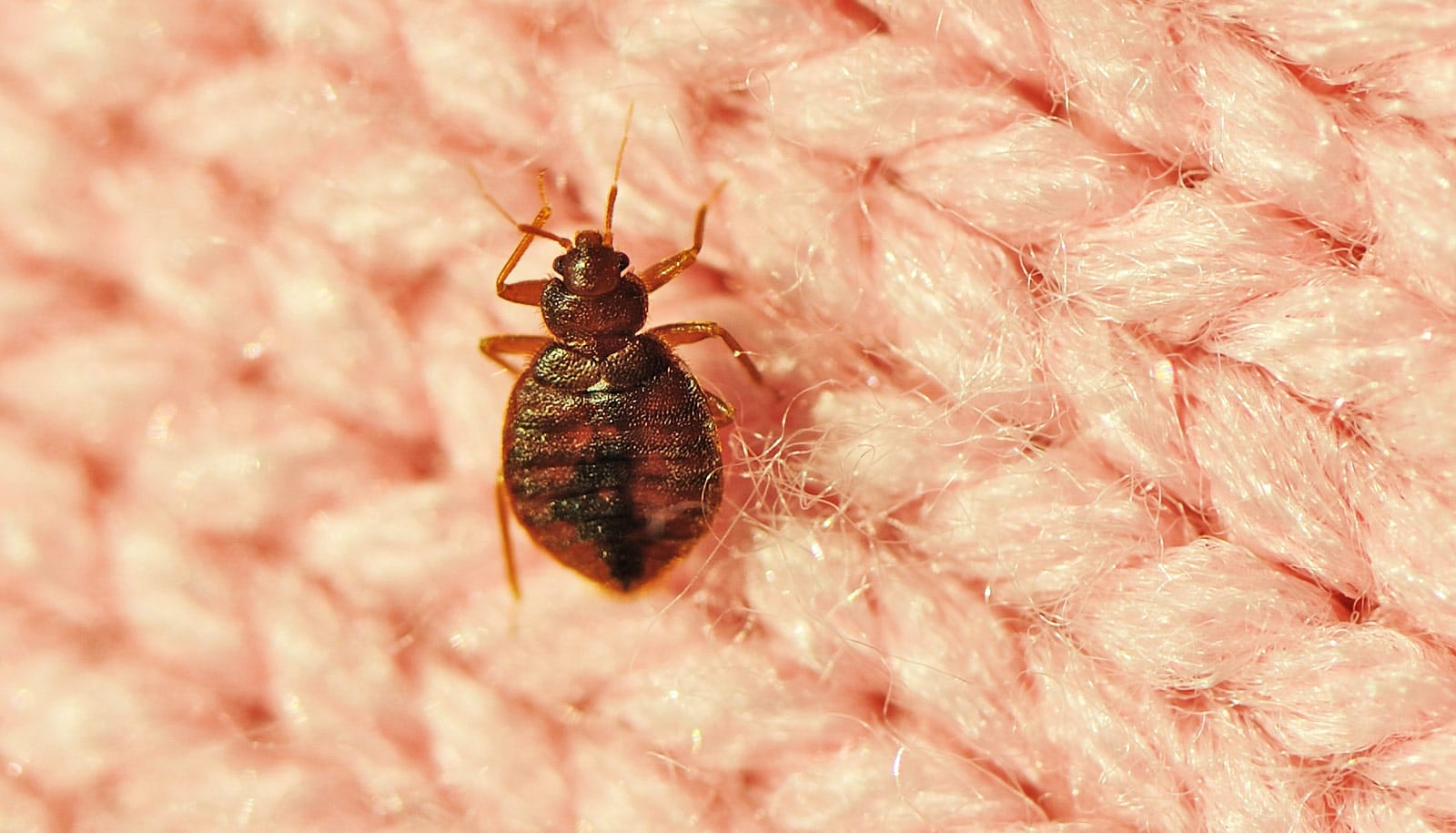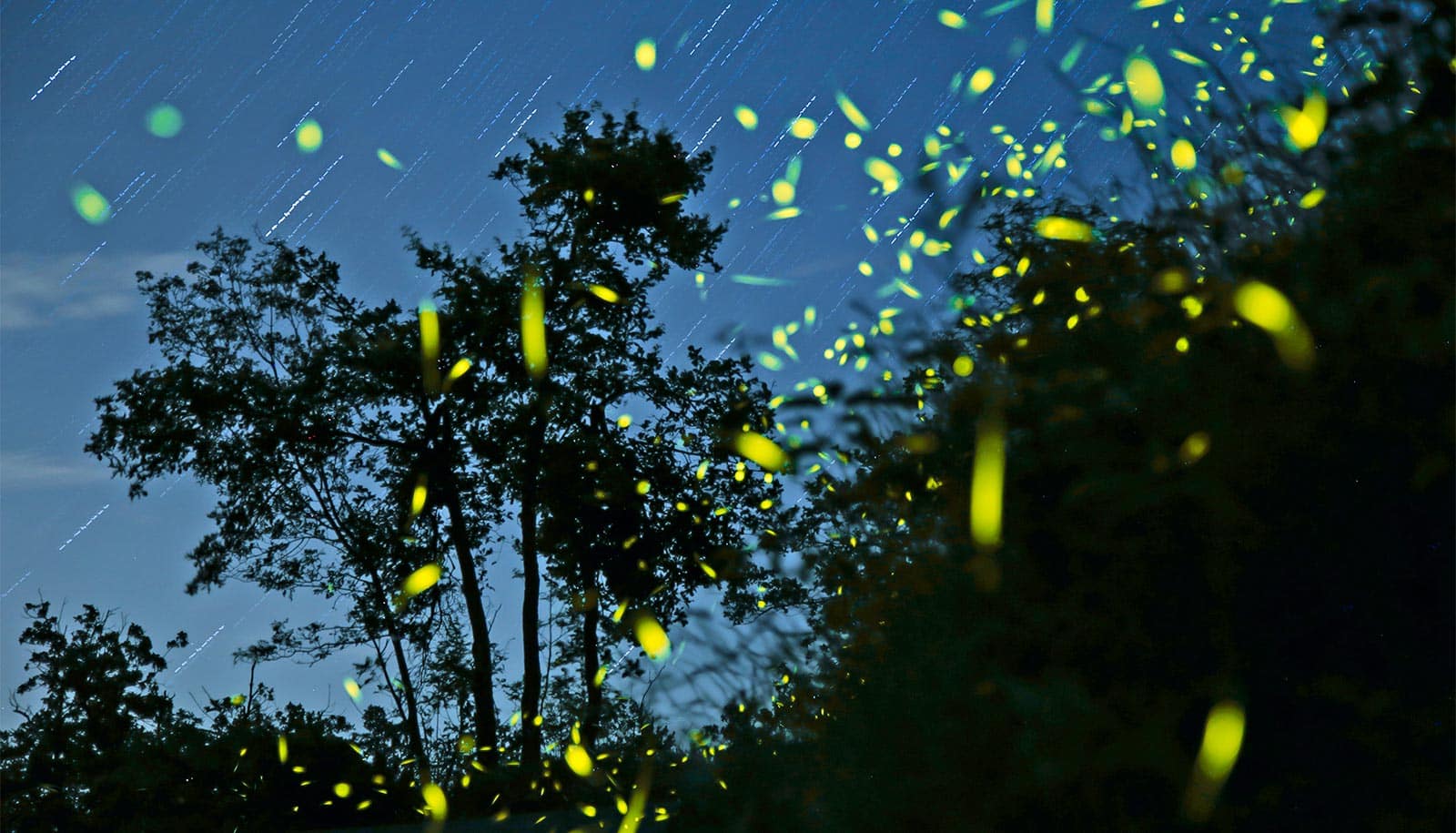New research sheds light on how a sensory input—molecules coming from a blooming flower, for instance—becomes an internal experience—actually smelling the rose.
While the question has been a central one for philosophers for millennia, in more recent times, it’s also been a question for scientists.
The locusts’ being able to recognize a scent comes down to the locust being flexible in its interpretation.
One way to approach it is to understand the physical brain processes behind sensory experiences. Historically, scientists have proposed different ways to describe what is happening by positing that a certain set of neurons must fire; a certain sequence of firing that must occur; or a combination of the two.
But according to the new research, these descriptions do not account for the variability of the real world. Smells don’t occur in a vacuum, after all. The team wanted to find out what happened when sensory input appeared in sequences, more akin to what happens in the real world. So, they turned to locusts.
Pavlov’s locusts
In a paper in Nature Communications, researchers found that in locusts, only a subset of neurons associated with a particular scent would fire when that scent appeared in a dynamic environment that included other scents. Although there was not a one-to-one relationship between a pattern of neurons activated and a specific smell, the researchers were able to determine how the locusts could still recognize a scent; it comes down to the locust being flexible in its interpretation.
“There is variability because of stimulus history, so flexibility is necessary to compensate,” says Barani Raman, associate professor of biomedical engineering at Washington University in St. Louis.
For the experiments, the researchers first had to train the locusts in the same way one might train a dog, namely, Pavlov’s dog. A machine administered a puff of the target scent, hexanol, to hungry locusts, then rewarded the locusts with a treat: grass.
After enough rounds (usually six), the locusts would open up palps—small organs outside of their mouths that function in a similar way to lips or tongues in humans—after they smelled hexanol, in anticipation of the grass.
Once the researchers trained the locusts, the testing began. They exposed the locusts to the “target” odor, hexanol either on its own, or after the introduction of a different scent, called a “distractor.”
Each time the target odor was introduced on its own, a locust’s neural activity was the same. But when the locusts were exposed to a distractor smell first, different combinations of neurons fired when the locusts were subsequently exposed to the target.
This is the variability based on context. What has been previously smelled (and even unrelated brain states, such as hunger) can affect how a brain reacts to the same input. If that were the end of it, though, smells would rarely, if ever, be recognizable.
Smelling the scene
Imagine entering a coffee shop and buying a freshly baked chocolate chip cookie. As you bring it to your mouth, you inhale and smell that comforting, chocolate chip cookie smell.
The next day, you head to a tea shop. Another batch of freshly baked cookies calls your name. If variability (induced by prior exposure to tea or coffee) alone determined how smells are processed, the scent of tea shop cookie, wafting into your nose after a strong Earl Grey, couldn’t possibly smell the same as it did after you caught a whiff of Sumatra at the coffee shop.
To be able to generalize, there needs to be some flexibility in what’s recognized as a chair.
But just as humans recognize the smell of a chocolate chip cookie in either setting, the locusts recognized the target—even though their neurons were firing in a variety of different ways—as evidenced by their palps, which opened as per their conditioning.
So there had to be more to the story than variability when it came to recognizing smells. The team wanted to know if there was a pattern, or a way to discern, via brain activity, how the locusts were smelling the target odorant despite the variability in brain activity.
As it turned out, there is a way. “The rules are very simple,” Raman says. “An ‘or-of-ands’ logical operation was sufficient to compensate for variability and allow flexible decoding.”
What does ‘or-of-ands’ mean?
Think of an “ideal” chair: it has four legs, a seat, two armrests, and back support. If you only recognized a chair with all of these, and only these, attributes, you would miss out on a lot of good chairs—those on a pedestal, those without armrests, etc.
To be able to generalize, there needs to be some flexibility in what’s recognized as a chair. One simple way is to allow any object that has any two or three out of the four features usually associated with chair, if present, to be recognized as a chair.
Your sense of smell changes throughout the day
The “or-of-ands” logical operation for recognizing chair might be (four legs and seat) or (seat and back support). In the same way, locusts show a fixed pattern of brain activity when smelling the target odorant alone, but only some flexible combination involving just some of those same neurons will fire when smelling the target after smelling, say, an apple.
What subset of neurons that fire depends, in large part, on what the distractor smell is; the neurons that the target alone activated will continue to fire, but those that are in common to both the distractor and the target will either not be activated or their activity will be reduced.
In this way, the uniqueness of neural response to the target odorant is enhanced. Like perfume after a whiff of coffee, if the target odorant shared few neurons with the distractor, the cross-talk between the smells was less and the history/context is reset.
Going forward, the team plans to see if its results hold in another organism: the fruit fly. The researchers also will investigate how other sources of variability such as short-term memory might affect how smells are perceived. There is, of course, another organism of interest: humans.
The main inspiration for this research was the use of coffee beans to clear the olfactory pallet, so to speak, in perfume shops.
“There, we use coffee beans to enhance the way we smell the next perfume,” Raman says. “We cannot say for sure if this is exactly how other olfactory systems perform the same computation, but we expect some of the computational principles revealed by our study to be general.”
Ring-tailed lemurs can actually smell weakness
The Office of Naval Research and the National Science Foundation funded this research.



